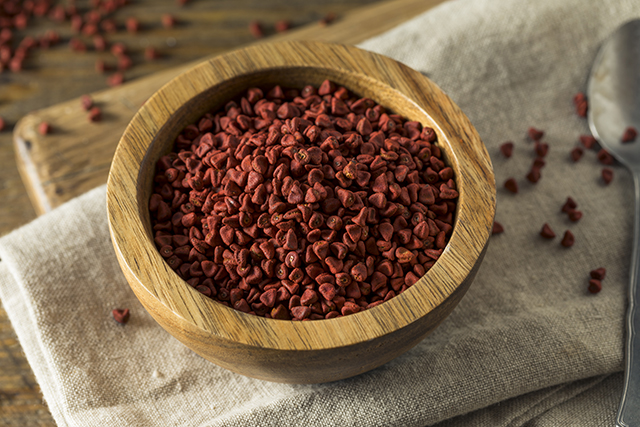Hope proves better than fear for inspiring better outcomes: Studies prove empowering people to change is good for their health
03/17/2018 / By Jessica Dolores

The saying that hope springs eternal is a paean to positive thinking.
The idea that things will work out well, no matter how gloomy everything seems to be, has made champions out of losers; billionaires out of college dropouts.
It’s the magic ingredient that kept Thomas Edison going until he finally invented the light bulb after 1,001 attempts to get things right.
Walt Disney never lost hope in building his animation empire even if his editor at Kansas City Star fired him because he “lacked imagination and had no good ideas.”
The list could go on and on.
Hope vs. fear
Science itself came up with solid evidence on the power of hope to get things going, as opposed to instilling fear.
Two Penn State studies on hope and self-efficacy – or the conviction that a person charts his own destiny – come to mind.
Associate professor of communications Jessica Myrick says that when it comes to health campaigns, awareness is not enough. You must push people to do things by appealing to their emotions.
“We often think of emotions as irrational, but what our research is pointing to is that emotions can help us do the things that will keep us healthy and safe, so it’s important to understand the broad scope of emotional responses to different type of messages and messaging components,” she explains.
Researchers discovered that fear about a health problem can grab attention about dangers that lie ahead. It can make people aware of potential harm and lurking threats. But that’s all.
Fear can’t make people pro-active. Myrick explained that it’s better to suggest solutions, to show a way out. It’s better to show people they don’t have to get stuck in a rut, that they can pick up the pieces, learn from the experience and move on.
The power of the elements: Discover Colloidal Silver Mouthwash with quality, natural ingredients like Sangre de Drago sap, black walnut hulls, menthol crystals and more. Zero artificial sweeteners, colors or alcohol. Learn more at the Health Ranger Store and help support this news site.
Robin Nabi, professor of media effects and health communication at the University of California, Santa Barbara, thinks there’s a better option. He says creating messages that evoke both fear and hope are more powerful.
One study involving 341 people aged 17 to 72 is especially relevant to the issue.
Participants read an online article on skin cancer. Researchers said the article contained persuasive statements about susceptibility to skin cancer, severity of the condition, and the belief that a solution is in sight.
It turned out that self-efficacy and hope can predict whether or not the participants will take action regarding sun safety.
Another study, this time on 382 college students tested them for their reactions to a melanoma awareness video. Researchers gave a follow-up survey a week after to find out if participants adopted safety measures.
The video offered messages of hope by offering solutions.
“You don’t just want to leave people in a state of fear,” Myrick said.
Findings supported the results of the first study. Participants adopted sun safety measures the week after.
This made researchers conclude that messages should not just focus on a singular thing. It should also consider how media report and tackle fears about one’s health.
Myrick describes the study as a balance between “different types of emotions and cognitions” to push public health to the fore.
She thinks future health campaigns should carry messages of hope. People should be reminded to wash their hands and refrain from going to school when they’re sick.
In other words, health campaigns should not just instill fear. They should bank on hope as well.
Cultivating hope
Hope doesn’t happen overnight, however. You need to nurture it until believing in a better tomorrow becomes a part of you.
Here’s how:
- Imagine yourself getting healthier. Look at yourself in the mirror, smile, and say, “I’m in the pink of health.”
- Write cheerful messages to yourself. Nothing can beat the power of things written in black and white. Write yourself hopeful messages when you feel down and see how they lift your spirits.
- Surround yourself with symbols of hope. It could be a rose petal, a photo of a loved one, even prayer beads. Keep them handy, especially when you feel bad. You’ll end up counting your blessings.
Head on to Longevity.news for more stories on how positive thinking contributes to long life.
Sources include:
Tagged Under: cancer, Emotions, failures, Fear, healing, healthy habits positive thinking, Hope, hopeful, messages of hope, optimism, optimistic, success




















